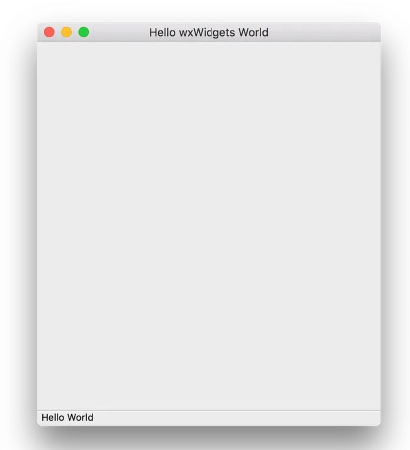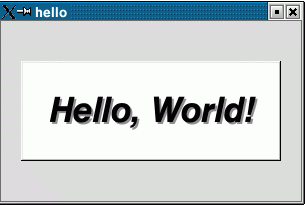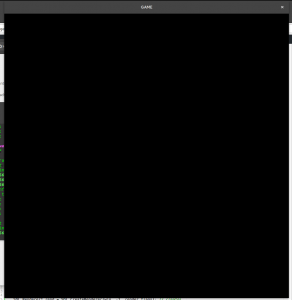C++ GUIGUI stands for Graphical User Interface. These are an essential part of modern software development. Graphical User Interfaces allow developers to create applications that users can interact with easily. C++ is a powerful programming language that is widely used in the development of complex software systems. In this article, we will explore how to build GUIs in C++ using various libraries and frameworks. What is a GUI?A Graphical User Interface, or GUI, allows users to interact with a computer using visual elements such as buttons, menus, and dialog boxes. GUIs provide an easy-to-use and intuitive interface that allows users to perform tasks quickly and efficiently. They are widely used in applications such as web browsers, media players, and office suites. Why C++ for GUI Development?C++ is a powerful programming language. With the help of C++, we can develop complex software systems, including GUIs. Some of the reasons why C++ is a popular choice for GUI development include:
Libraries and Frameworks for C++ GUI DevelopmentThere are so many libraries and frameworks available for C++ GUI development. Let's take a look at some of the most popular options. 1. QtQt is the most popular open-source GUI toolkit. It is widely used for developing cross-platform GUI applications. It provides a comprehensive set of tools and libraries for building modern GUI applications, including support for touch and gesture-based input, advanced graphics, and multimedia. Program 1: Output: 
Explanation This C++ program uses the sprintf function to format a string and the printf function to print the formatted string to the console. It declares some variables, assigns values to them, formats a string, and outputs it to the console. 2. wxWidgetswxWidgets is another popular cross-platform GUI toolkit. It provides a set of tools and libraries for building modern GUI applications. It supports a wide range of platforms, including Windows, Linux, and macOS. Program 2: Output: 
Explanation This is a basic wxWidgets code that creates a window with a status bar and displays the text "Hello World". The HelloWorldApp class is defined to implement the application. The OnInit() function initializes the application and creates a new frame with the specified title. The CreateStatusBar() function creates a status bar at the bottom of the window, and SetStatusText() sets the text to be displayed in the status bar. Finally, the Show() function shows the window, and SetTopWindow() sets the frame as the top-level window. 3. FLTKIt stands for Fast Light Toolkit. It is a cross-platform GUI toolkit. It provides a lightweight and fast set of tools and libraries for building GUI applications. It is a popular choice for building applications that require a small footprint or have strict performance requirements. Program 3: Output: 
Explanation This code uses the fltk library to create a window with a labeled box widget that says "Hello, World!". The box has a bold italic font, a size of 36, and a shadow label. The window has a size of 300 x 180 pixels and is shown on the screen using the show() function. The run() function starts the main event loop to handle user input and keeps the window visible until the user closes it. 4. SDLIt stands for Simple DirectMedia Layer. It is a cross-platform multimedia library. It provides a set of tools and libraries for building games and multimedia applications. It includes audio, video, input devices, and networking support, making it a versatile option for building multimedia-rich GUI applications. Program 4: Output: 
Explanation This is a basic SDL program written in C language. It initializes the SDL library using SDL_Init(), creates a window using SDL_CreateWindow(), and enters into an infinite loop using while(1). The loop is not doing anything and just waits for the user to close the window or exit the program. If there is any error initializing SDL, an error message is printed using the printf() function. The program returns 0 on success. ConclusionC++ provides a powerful and efficient programming language for developing GUI applications. It has a wide range of libraries and frameworks. The developers have a lot of options when it comes to building their applications. Whether the developer chooses Qt, wxWidgets, FLTK, or SDL, they can create rich and modern GUI applications that run on various platforms.
Next TopicHow to Create a New Thread in C++
|
 For Videos Join Our Youtube Channel: Join Now
For Videos Join Our Youtube Channel: Join Now
Feedback
- Send your Feedback to [email protected]
Help Others, Please Share










